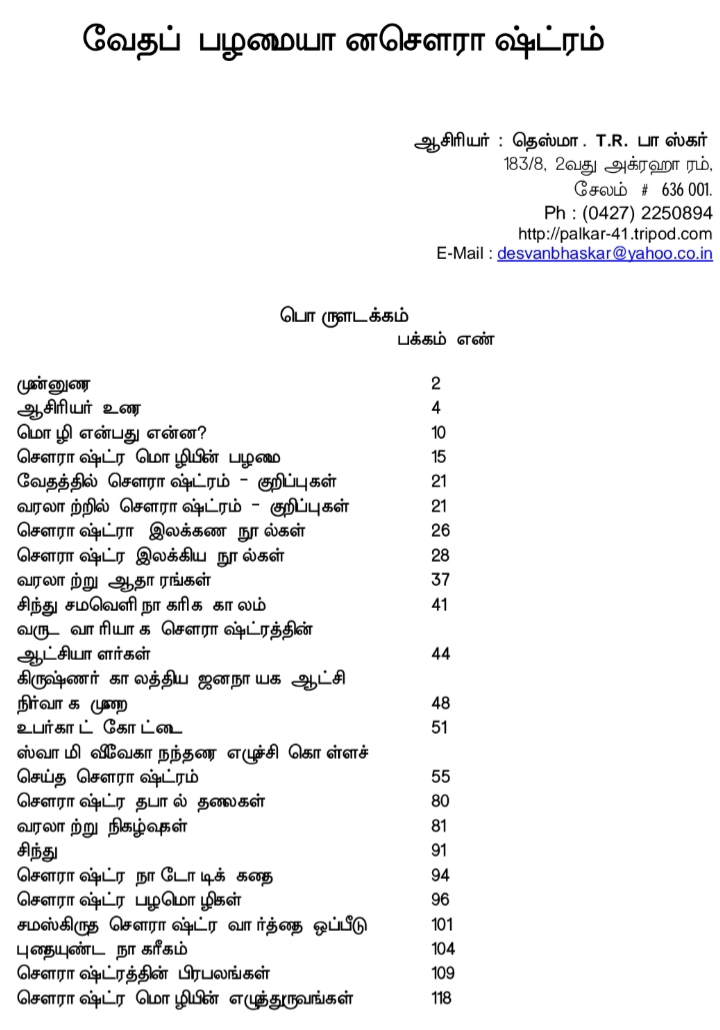Size of human ear
Once engineer, always engineer.
We deal everything with numbers. And we stick to our calculation even if they are completely wrong.
Recently a discussion came on the design of antenna size. I somehow related antenna to the human ear and I myself designed the size of human ear. The idea was summarily (and immediately) rejected by Prabhu, my friend. Prabhu was even feeling happy that I was not born when God designed humans. Prabhu feels that I would have advised God that technically human ear should shrink and expand to capture sounds between 20-20000 Hz.
Yes the idea of ‘variable size human ear’ is absurd, but fun.
The email communication between us is given below:
From: Saravana Prabhu
Sent: Thursday, July 22, 2010 5:46 PM
To: Karthik Nilagiri
Subject: RE:
Sent: Thursday, July 22, 2010 5:46 PM
To: Karthik Nilagiri
Subject: RE:
J The distance to which electron travels is calculated because, movement of electron inside the conductor generates the Electro magnetic wave for which antennas are used. So in terms of sound generation or reception, the length is not significant. So calculation is not valid J J J
From: Karthik Nilagiri
Sent: Thursday, July 22, 2010 5:40 PM
To: Saravana Prabhu
Subject: FW:
Sent: Thursday, July 22, 2010 5:40 PM
To: Saravana Prabhu
Subject: FW:
Am I making some sense or completely out of mind?
-nvk
From: Karthik Nilagiri
Sent: Thursday, July 22, 2010 5:39 PM
To: Saravana Prabhu
Subject: FW:
Sent: Thursday, July 22, 2010 5:39 PM
To: Saravana Prabhu
Subject: FW:
See, I even calculated the size of human ear required.
|
Heading
|
Units
|
Case 1
|
Case 2
|
|
Frequency
|
Hz
|
20
|
20000
|
|
One cycle
|
s
|
0.05
|
0.00005
|
|
Quarter cycle
|
s
|
0.0125
|
0.0000125
|
|
Speed of Sound
|
m/s
|
300
|
300
|
|
Optimal Ear Size
|
m
|
3.75
|
0.00375
|
Actual human ear is around 2 inch instead of being as small as 3.75 milli metre or 3.75 metre.
God is Great. Instead of designing out ear to expand and contract to capture various frequencies, He had somehow designed ear to hear the frequency range without changing the size.
-nvk
From: Karthik Nilagiri
Sent: Thursday, July 22, 2010 5:31 PM
To: Saravana Prabhu
Subject: RE:
Sent: Thursday, July 22, 2010 5:31 PM
To: Saravana Prabhu
Subject: RE:
On the contrary consider the audible range. 20 to 20,000 Hz. Yes its not electron but considering 20 Hz, even with speed of sound, how bigger a human ear should be? Let me calculate in free time. Wonder how big an ear can catch a 20 Hz sound? Its wonder…
-nvk
From: Saravana Prabhu
Sent: Thursday, July 22, 2010 5:22 PM
To: Karthik Nilagiri; Das, Ananya (GE Oil & Gas)
Subject:
Sent: Thursday, July 22, 2010 5:22 PM
To: Karthik Nilagiri; Das, Ananya (GE Oil & Gas)
Subject:
Simple explanation for antenna sizes
Let’s say that you are trying to build a radio tower for radio station 680 AM. It is transmitting a sine wave with a frequency of 680,000 hertz. In one cycle of the sine wave, the transmitter is going to move electrons in the antenna in one direction, switch and pull them back, switch and push them out and switch and move them back again. In other words, the electrons will change direction four times during one cycle of the sine wave. If the transmitter is running at 680,000 hertz, that means that every cycle completes in (1/680,000) 0.00000147 seconds. One quarter of that is 0.0000003675 seconds. At the speed of light, electrons can travel 0.0684 miles (0.11 km) in 0.0000003675 seconds. That means the optimal antenna size for the transmitter at 680,000 hertz is about 361 feet (110 meters). So AM radio stations need very tall towers. For a cell phone working at 900,000,000 (900 MHz), on the other hand, the optimum antenna size is about 8.3 cm or 3 inches. This is why cell phones can have such short antennas.










I can’t stop laughing .. 🙂
very very funny !!:)